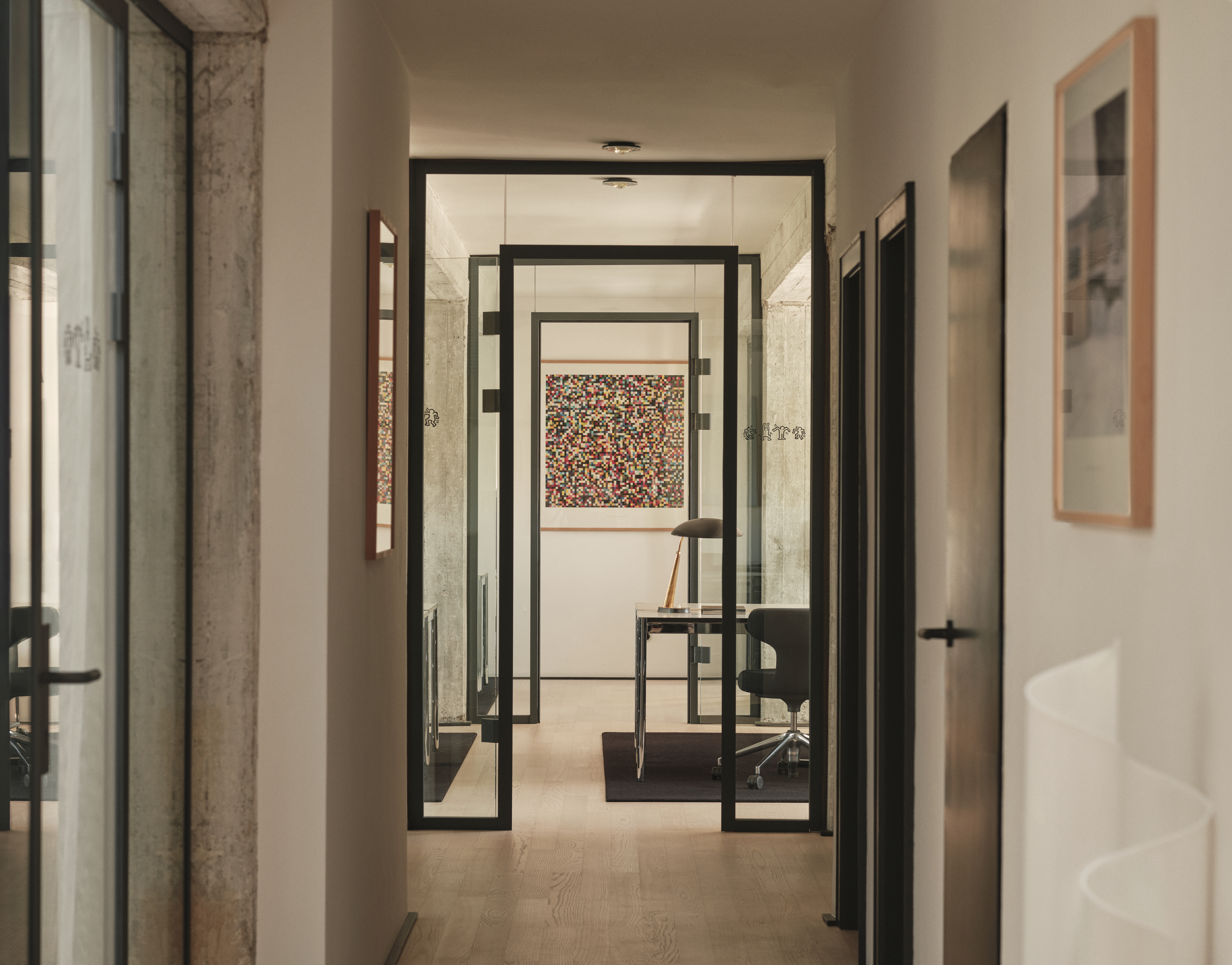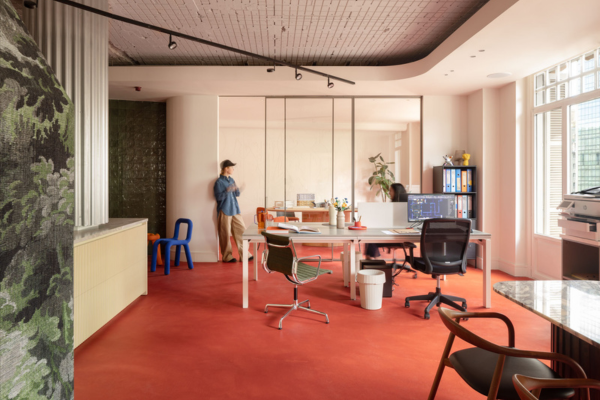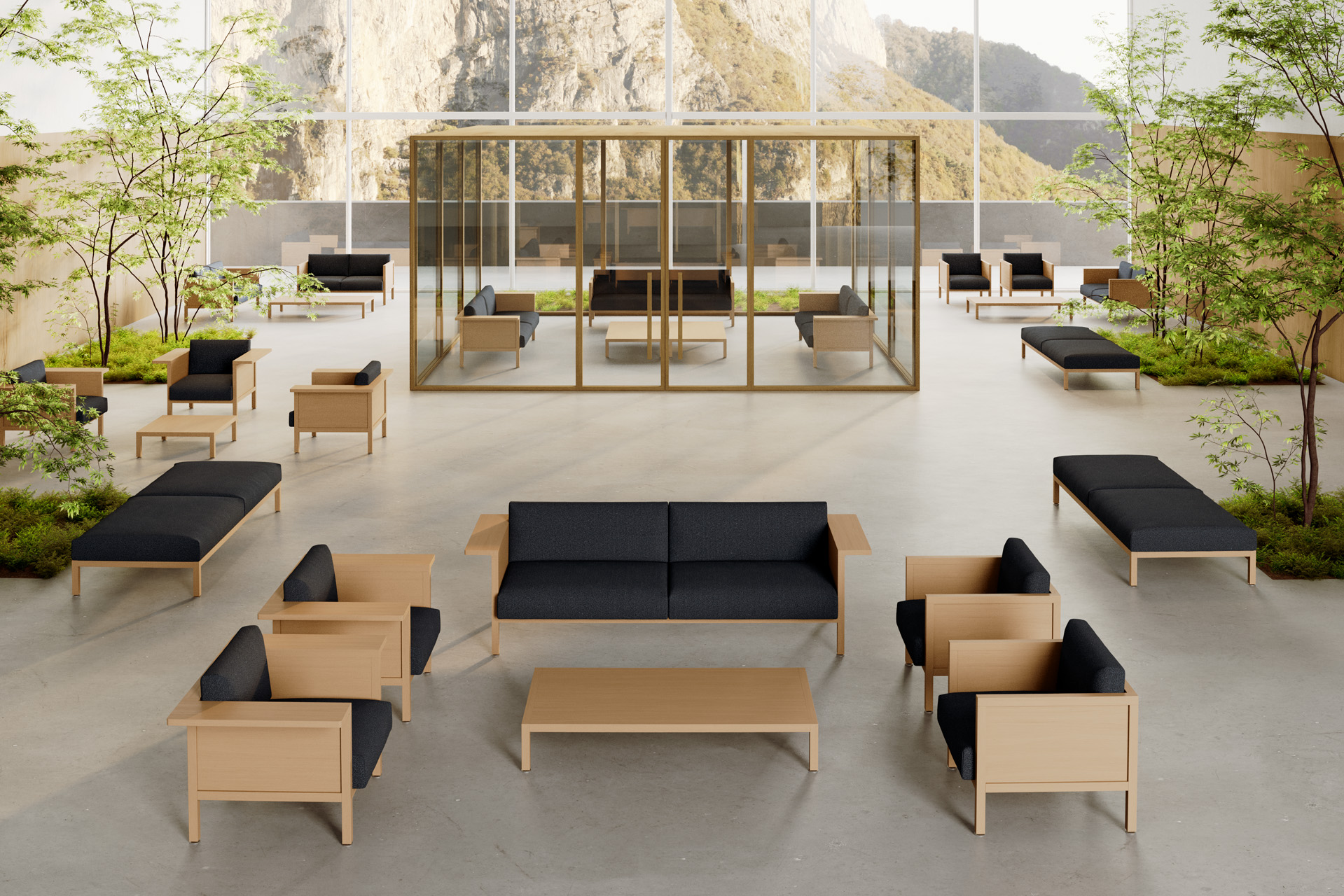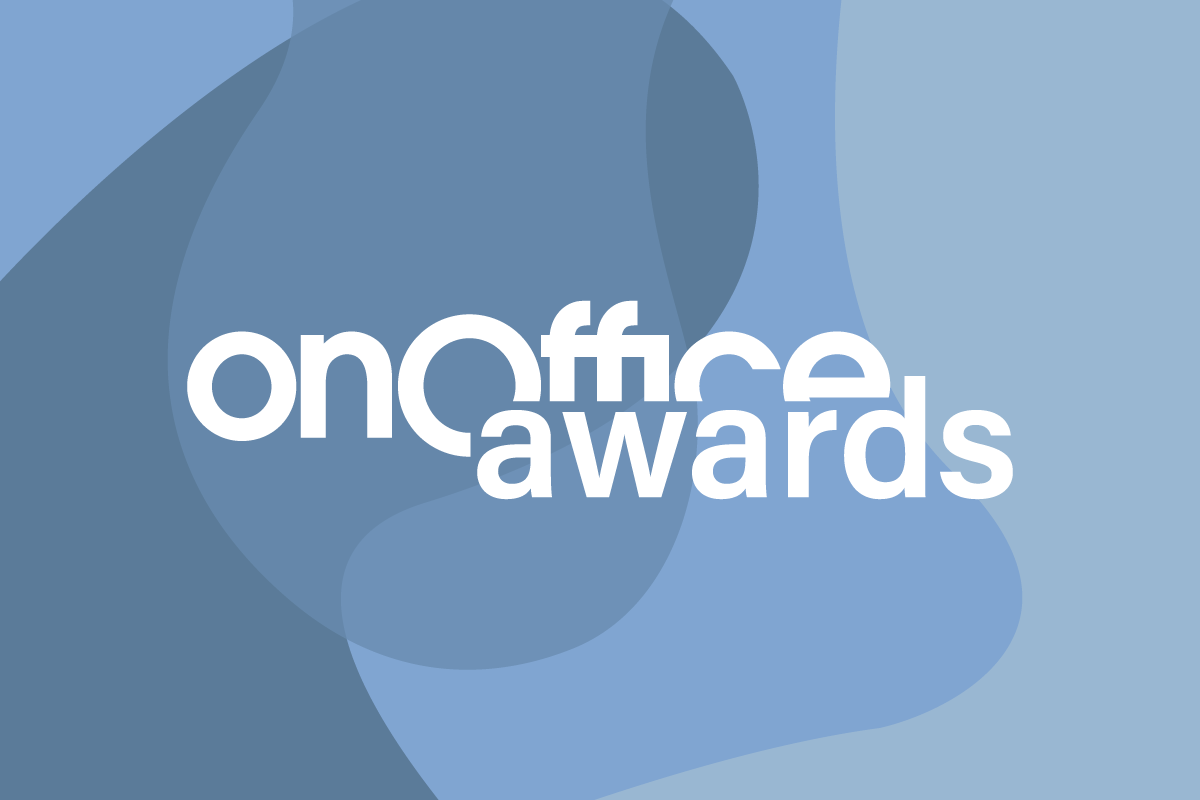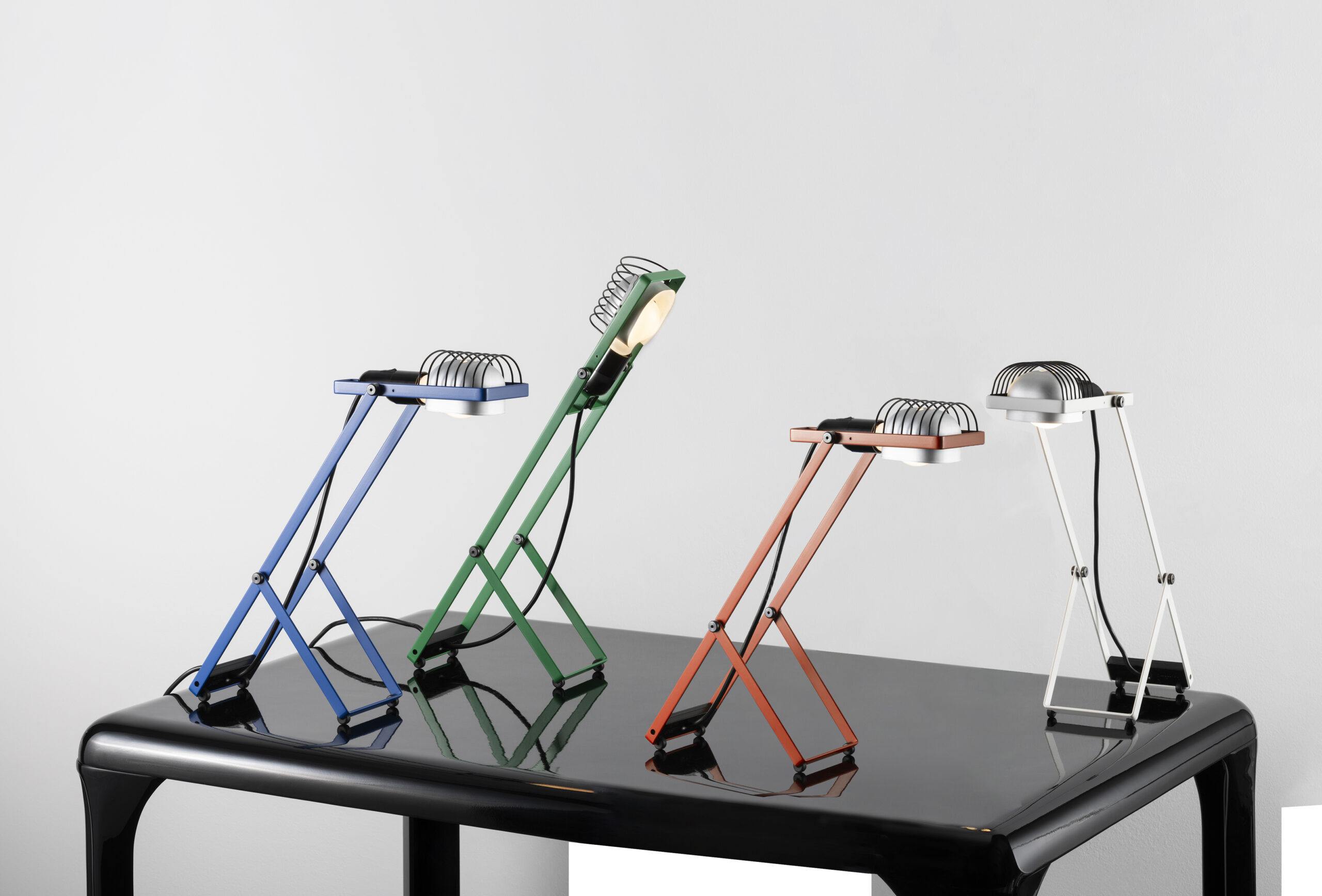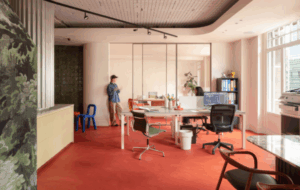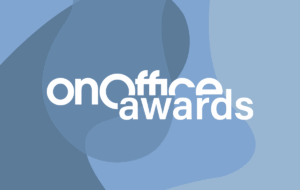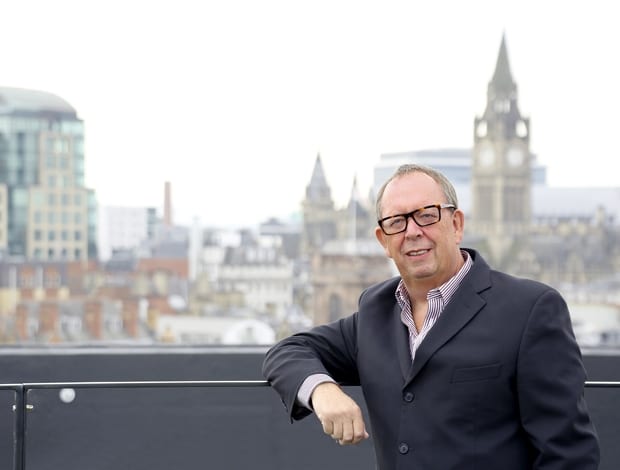 AHR chairman Brian Johnson|Possilpark Health Centre, Glasgow|Al Bahr Towers, Abu Dhabi|The recently completed Blackpool Council offices|The Green Quarter for Expo 2017, Kazakhstan||
AHR chairman Brian Johnson|Possilpark Health Centre, Glasgow|Al Bahr Towers, Abu Dhabi|The recently completed Blackpool Council offices|The Green Quarter for Expo 2017, Kazakhstan||
Brian Johnson, chairman of AHR, talks to onoffice about the Aedas demerger, the benefits for AHR and the future of the practice.
Why was the decision made for Aedas to demerge?
Aedes was owned 50:50 by the UK and Hong Kong [offices], but it’s always been run, in terms of accountancy, as two separate practices.
In recent years, the UK and Hong Kong businesses have followed different trajectories. The economic situation in Europe has meant we’ve been chasing a declining market that’s slowly returning, whereas, in China, there’s been average growth of about 8 to 9% over the last seven years – that’s led to two different types of business.
Architects tend to be pragmatic, so seeing as there’s not a great deal of synergy between the two practices – and we’d given it 12 years – we just came to the conclusion that we’d be better off [demerged].
“Architects tend to be pragmatic, so seeing as there’s not a great deal of synergy between the two practices… we just came to the conclusion that we’d be better off [demerged].”
How do the two businesses differ?
The Hong Kong side really gets over into China, while we’ve operated in Europe. The places we’ve met have been India, the Middle East, Pakistan, Kazakhstan, some of that band between Europe, the Far East, and into North Africa.
Europe and the UK is a very mature market, where projects are of a certain size. The projects in China tend to be a million to 10m sq ft and they’re being undertaken very rapidly.
There really wasn’t a lot of crossover between the two businesses, you could see that clearly on the website. It was dominated by projects in China, and didn’t reflect what we’re doing in the UK.
We do very well on public sector work – that’s our strength – but we do commercial work [as well]. We’ve been exporting our public sector skills, particularly in health and education, to the Middle East and now to China. The Hong Kong office is really commercial – mixed-use commercial and high-density residential schemes.
Buildings tend to be on longer procurement programs [in the UK] – up to two years – so we go for an evidence-based design. We do a lot of research and have developed our own tools for analysing buildings. This way we can show that the decisions we’ve taken as architects are not only aesthetically right, but technically as well.
In Hong Kong, you might be doing a sketch design for a complete hospital, for example, in six weeks, but the fee would be very low. You’d come up with the concept very quickly, and then you whack it over to a local organisation to develop. So you’ll see a very big building and very nice pictures, but behind our architecture is a more thoughtful process. We’re in a very mature market and clients want to see added value and they want that demonstrated.
What will be the benefits of being a standalone company?
[The offices in] Europe and the UK have a very flat structure – it’s one man, one vote – and we’ve got 15 partners in the UK practice. In Hong Kong, the ownership is concentrated into a smaller number of partners and decision-making is very different. We were jogging along, but it was getting a bit frustrating in various parts of the business.
[The demerger] puts us in control of our own destiny and we can make our own decisions. Before, we operated as a global board with three members from the UK and three members from Hong Kong, and any decisions had to be in agreement with each other.
It wasn’t worth us [trying to expand our business into] China, because we had a large office in Hong Kong, but at the same time we weren’t benefitting from the profits coming out of there.
“It wasn’t worth us [trying to expand our business into] China… but at the same time we weren’t benefitting from the profits coming out of there.”
We can go to China without asking anyone’s permission, we can operate freely in the Middle East, Asia, North Africa and America without reference to anyone else. For us, it’s about self-determination and design as well.
How will the split affect AHR financially?
In terms of turnover, when we started the UK accounted for about 60% and 40% was Aedas Hong Kong, but of course, the growth in the Chinese market has been phenomenal and I think it was more like 25% and 75% [respectively] when we stopped doing joint figures earlier this year.
[But the demerger] is not going to make any change [to us], because we weren’t pulling any profits out of China and vice versa.
What will AHR’s initial focus be?
Everyone recognised the Aedas name – there’d be different reactions to it, but they’d recognise it – and now we need to gain recognition for our new name overseas, and that’ll take some time.
We’ve been in existence in the UK since 1835 under various guises, [including Abbey Holford Rowe] and people knew us as AHR, so they recognise the name here, and they know the partners. It’s not really the name [anyway], it’s the partners and we’re all the same, nobody’s left. We were 450 people last week and we’re 450 people this week.
Our short-term focus will be on growing the international side of the business.
Which countries will AHR be operating in?
We decided we wanted to be Europe-based, but all our UK offices are working internationally, although it’s not the type of mega projects Aedas is doing in China.
We’ve taken [the offices in] Russia, Warsaw and Kazakhstan, which is very busy – can you believe it? We’re doing the green quarter for the 2017 Expo, which is a million sq ft and mixed-use and bio-homes.
We have a very good affiliated office in Pakistan, where we’re doing two very large retail malls, and we’re opening a new office in Dubai. We’ve got a number of projects in Australia, and we’ll be looking to open an office there in a year or so, probably the capital city as a starter.
What percentage of your work will come out of the UK?
Because we’ve got 450 staff, we move them around from office to office. I would think about 20% of our work is international, of which probably half is carried out by the UK offices. We want to concentrate on the quality not the quantity, so it’s not necessary for us to go and open offices in every single country.
Aedas has said it’ll be focusing on the Chinese market and looking to grow in the US, will AHR be avoiding those markets as a result?
We’ll still be working with Aedas, we’ve not fallen out, and we’ve got a joint venture in healthcare in Hong Kong at the moment, but China is a difficult market.
“We’ll still be working with Aedas, we’ve not fallen out.”
Will it be harder for AHR to operate abroad now it has fewer offices and no longer has the Aedas connection?
It will be more of a challenge, but there’s no shortage of opportunities and connections, so you will be seeing more and more AHR projects internationally over the next 12 months.
Which are AHR’s largest sectors?
The largest sector we have is education, despite the downturn in the public sector market and cuts in [spending]. Transportation is still a key area for us, retail is developing, and we still do a lot of commercial office developments, although that’s been slow. We’re doing a number of civic headquarters for confidential clients at the moment.
Aedas is opening an office in London; will that be with local staff?
We had a joint company in the UK with Hong Kong (50:50 owned), called Aedas Interiors, which has about six staff and has been doing some small projects and refurbishments.
They moved last week into [Aedas’] new offices in Covent Garden, so immediately the start up of its [London] office is interior design. Having said that, I’ve been reading the press and Keith [Griffiths], the chairman, is planning to spend more time in the UK and develop that office.
Whether they’ll be able to break into the London market and see a bigger than £20m turnover within three years, it’s incredibly ambitious for a practice with no London experience.
“Whether [Aedas] will be able to break into the London market and see a bigger than £20m turnover within three years, it’s incredibly ambitious for a practice with no London experience.”
If they’re opening a London office, and you’re opening one in Dubai, you will presumably be competing.
Yes, we might well be. (Laughs.) We might well be. Although Keith said he wants to focus on the very large projects, so we’re probably in a different scale bracket.
From what I’ve seen in the press, it’s one million minimum [for Aedas], they’re aiming at the real big stuff and the kind of scale they’ve been operating at in China. It’s not the scale we see in Europe.
Do you think AHR has re-emerged in a stronger position?
Yes we have, we’ve learnt a lot, we’ve worked internationally and won awards in those countries. We’ve seen some things we like and some things we don’t.
I think yes we are a very different business, and because of the loss of public sector work, we travelled a lot internationally, and now operate in over 20 countries other than the UK. Being with Aedas allowed us to do that, and now we can do our own thing.

